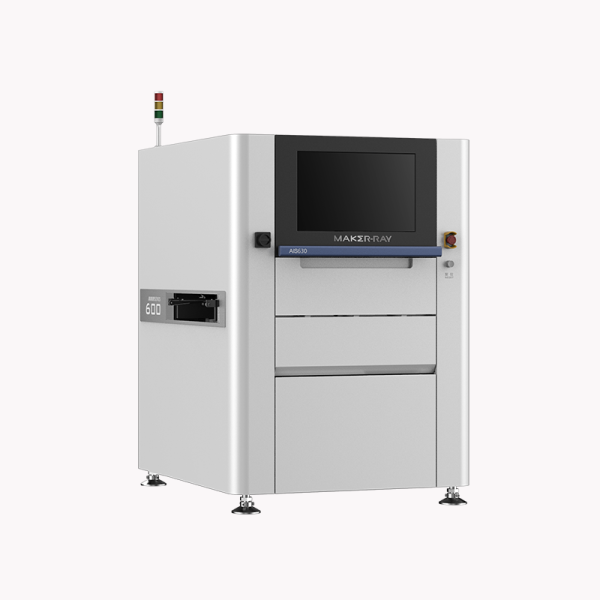Automated optical inspection, or AOI, is a type of computer vision-based inspection technology that has only recently emerged in the market. In this blog article, we cover what AOI is, how it works, and some recent advancements in this area of technology.
What is automated optical inspection?
Automated optical inspection (AOI) is a process of scanning a product or part using an automated optical system to identify potential defects. AOI can be used in manufacturing to improve quality and reduce defects. AOI can also be used to detect counterfeit products.
When will automated optical inspection be in every company?
Automated optical inspection is quickly becoming a staple in the manufacturing industry. With its increasing popularity, it’s important to ask when will automated optical inspection be in every company.
In our experience, the answer is that it’s not too far away. Many companies are already using automated optical inspection for quality control and defect detection. However, there are still some benefits to be gained from additional automation. So while automated optical inspection may not be in every company yet, it’s definitely on the rise and will only become more prevalent in the years to come.
What should you expect in the future of automated optical inspection?
Automated optical inspection (AOI) is a growing tech area that is predicted to have a significant impact on the future of manufacturing. Benefits of AOI include increased accuracy, reduced labor costs, and more efficient production. Some of the key technologies that make AOI possible include computer-aided engineering, sensors, and imaging systems. Here are a few things you can expect in the future of AOI:
- Increased Accuracy: With improved sensors and imaging systems, AOI will become increasingly accurate. This will lead to decreased waste and improved quality control.
- Reduced Labor Costs: Automated optical inspection can be done more quickly and with less human involvement than manual inspection. This results in decreased labor costs and improved efficiency.
- More Efficient Production: With automated optical inspection, manufacturers can identify problems early and correct them before they cause downstream issues. This leads to increased productivity and reduced manufacturing costs.
Conclusion
As products become more complex, it becomes increasingly important for businesses to have automated optical inspection capabilities. AOI can help identify defects before parts go into production, saving time and money. If you want more benefits from automation, invest in MAKER-RAY‘s automated optical inspection products.




